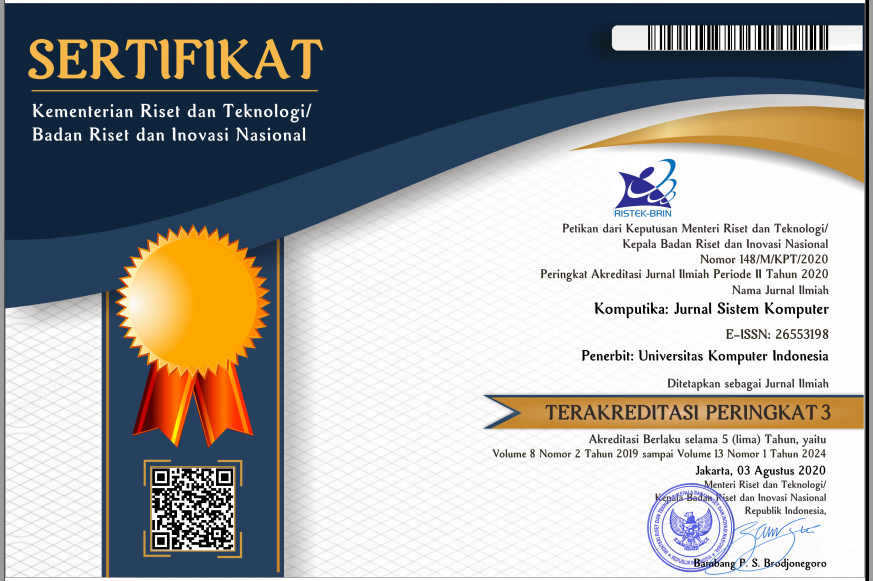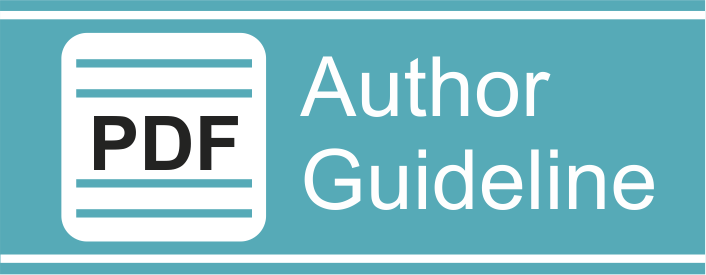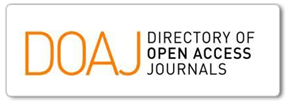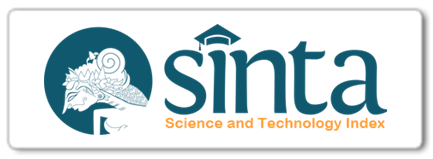Implementasi dan Uji Kinerja Kontrol PID untuk kestabilan Pesawat Tanpa Awak Tailsitter pada Keadaan Mengambang
DOI:
https://doi.org/10.34010/komputika.v10i1.3808Abstract
The tailsitter is an unmanned aerial vehicle that can fly vertically. One of the success factors of flying an unmanned aerial vehicle tailsiter is stability during takeoff to hovering before the transition to flying horizontally. What is meant stability by this topic is that the unmanned aerial vehicle tailsitter should be able to maintain its position on the three axes of movement namely the Roll, Pitch, and Yaw axes, where the unmanned aerial vehicle tailsitter can be said to be stable if the three axes of the Roll, Pitch and Yaw movements are of value 0 in degrees. One of the problems that can interference with the stability of the unmanned aerial vehicle tailsitter is the imbalance of actuators such as motor rotation and servo stabilizer movement. To resolve this problem, an operating technique is required on the actuator to keep the unmanned aerial vehicle tailsitter stable. The control method to use is PID control. This PID operation requires an IMU sensor that can read the movements and angles of unmanned aerial vehicle tailsitter. From the test results and analysis of the parameters Kp: 2.5, Ki: 0.250, and Kd: 23 for Pitch and Roll control yields good results, where the aircraft without the tailsitter can fly and maintain its stability during the floating / hovering phase.



















